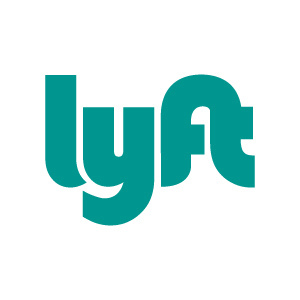The ride-hailing company has established an elaborate system through a subsidiary effectively allowing it to insure its own risk, thereby lowering its costs, according to the stock-listing prospectus that Lyft filed March 1 with the U.S. Securities and Exchange Commission. Through the subsidiary, Lyft has set aside what it calls “restricted reinsurance trust investments” of $863.7 million.
The reason for the arrangement: The company assumes a wide range of risks—including bodily injury, property damage, uninsured and under-insured motorist liability—from the moment drivers become available on the Lyft app to the time passengers arrive at their destinations.
The cost of insuring such risks could be a hefty burden for a company such as Lyft. Contributing to the cost is the sheer volume of rides the company provides, logging in at about 2 million a day during the fourth quarter of 2018. Also to blame is the fact that ride-sharing doesn’t have much of a history for insurers to digest.
Insurers typically rely on decades of industry performance records to measure the likelihood of certain outcomes and adequately price insurance policies. With too little data, some insurers won’t issue a policy. Others will increase the price to hedge against the lack of information.
“Newer businesses that are moving into areas where you don’t have historical data on loss probability make it more challenging for a traditional insurance company to offer a product,” said Adam Klauber, partner and insurance industry analyst at William Blair & Co.
And while the insurance market is dynamic, with firms often developing new product lines such as cybersecurity coverage, an insurance company typically caps its coverage to an individual client at about $100 million, Mr. Klauber said.
By comparison, the massive size of Lyft’s so-called captive insurance unit highlights the challenge the company shares with others breaking new ground in their industries or disrupting old ways of doing business.
A spokeswoman for Lyft declined to comment.
Lyft’s ride-hailing rival Uber Technologies Inc. and home-sharing company Airbnb Inc. also have captive insurance subsidiaries. A spokesman from Uber declined to comment. Representatives from Airbnb didn’t immediately respond to requests for comment.
About one-third of S&P 500 companies had some form of captive insurance units in 2016, according to a study published in the Journal of Insurance Regulation.
Lyft has elected to reinsure substantially all of its auto-related risk since 2015 to mitigate the costs, the company said in its SEC filings.
As a first step, the San Francisco-based company buys auto insurance from third-party insurers. Then, through Pacific Valley Insurance Co.—its subsidiary—Lyft sells reinsurance policies to those insurers.
The arrangement allows Lyft to invest the premiums it collects from third-party insurers until those funds are needed to pay claims, while also allowing the insurers to offload the risk back to Lyft.
“We believe our current structure, our expertise in the ride-sharing industry and the availability of data help position us to capture the expected savings from the investments we are making to reduce insurance claims and expenses,” Lyft said in the filings.













